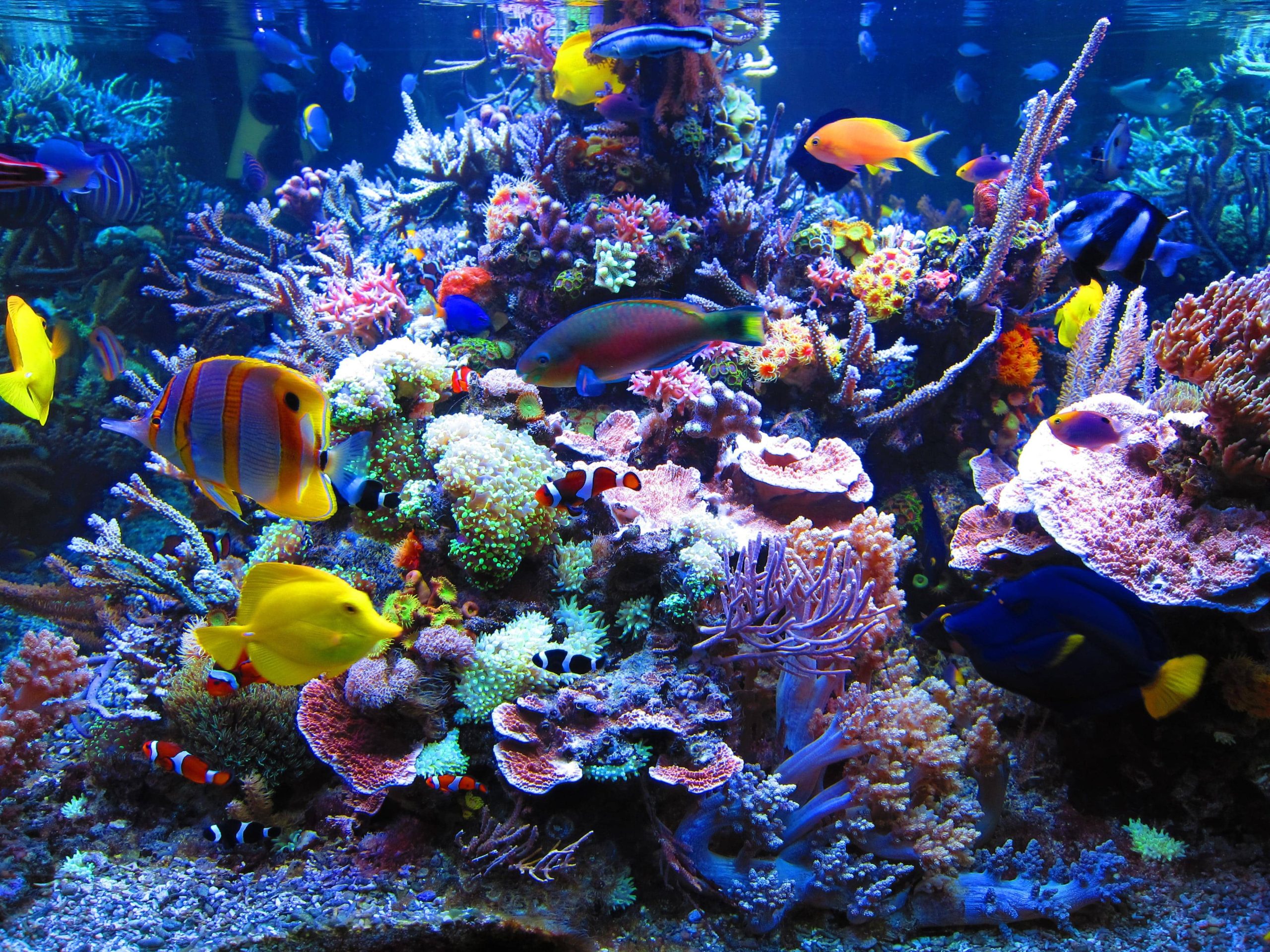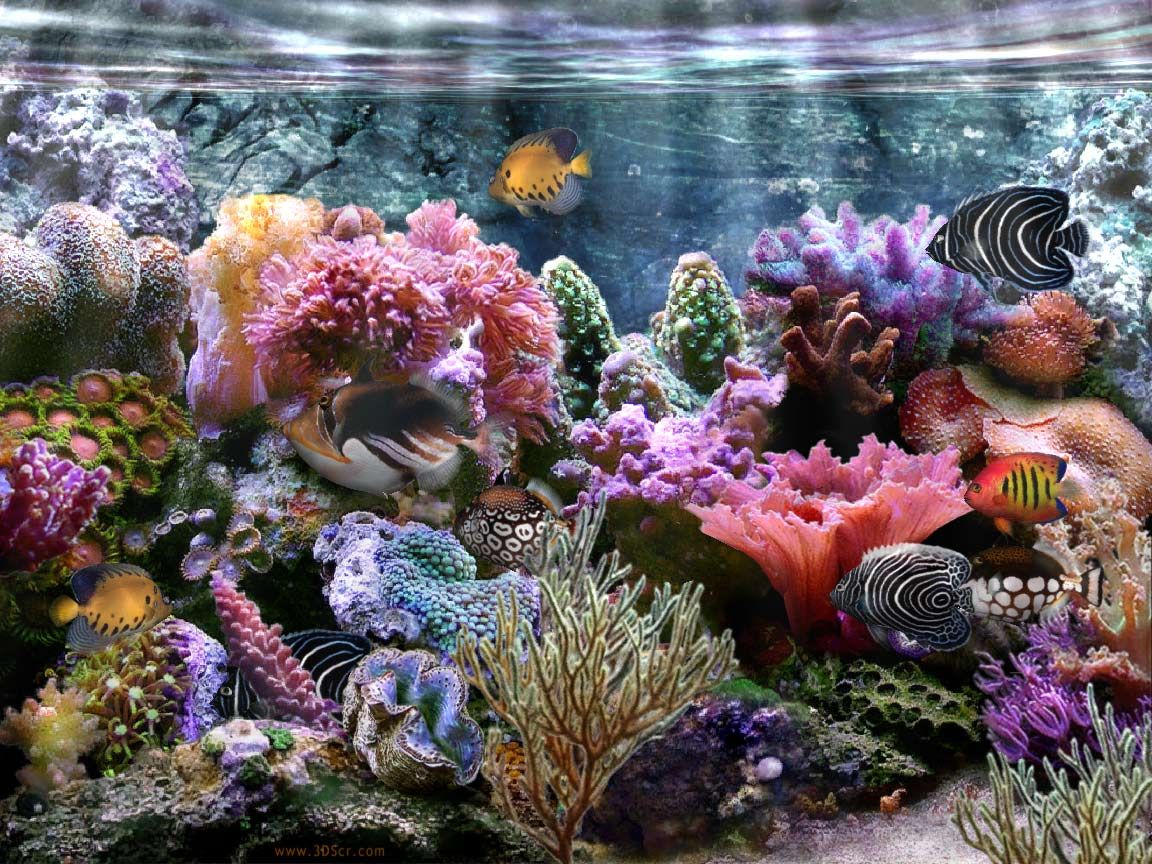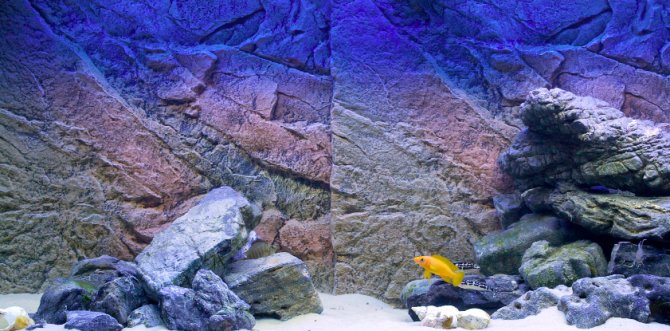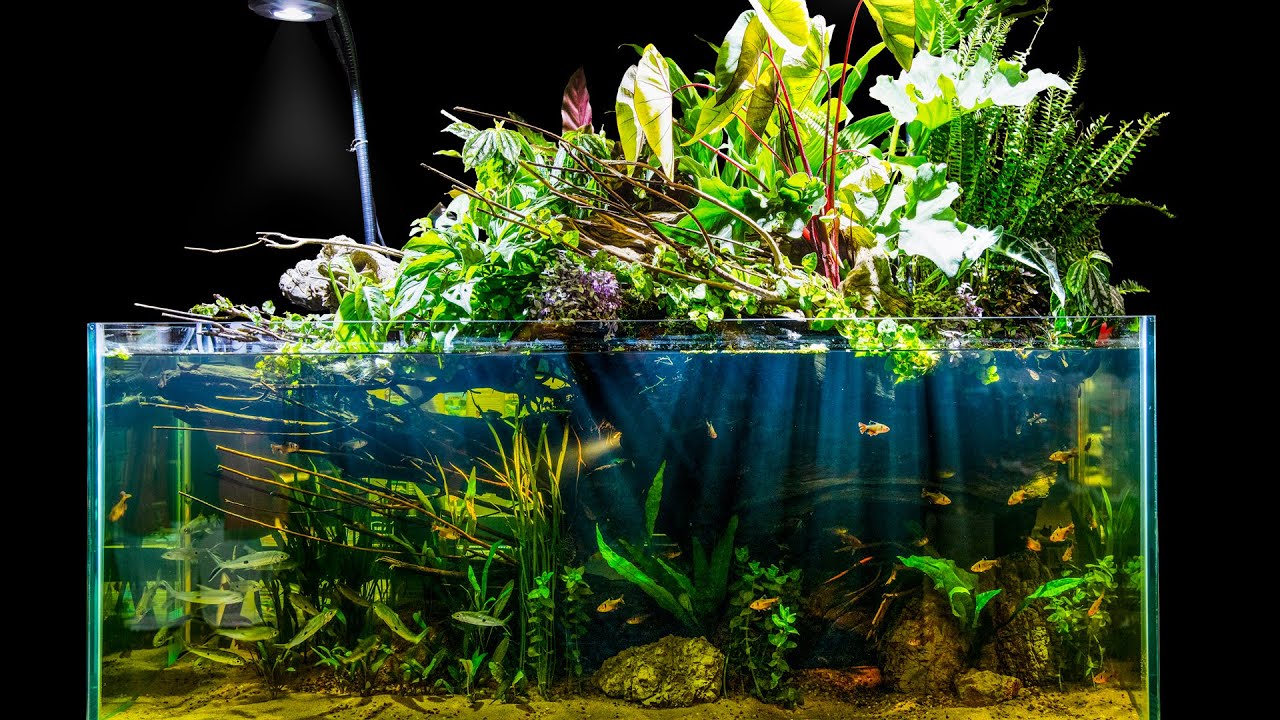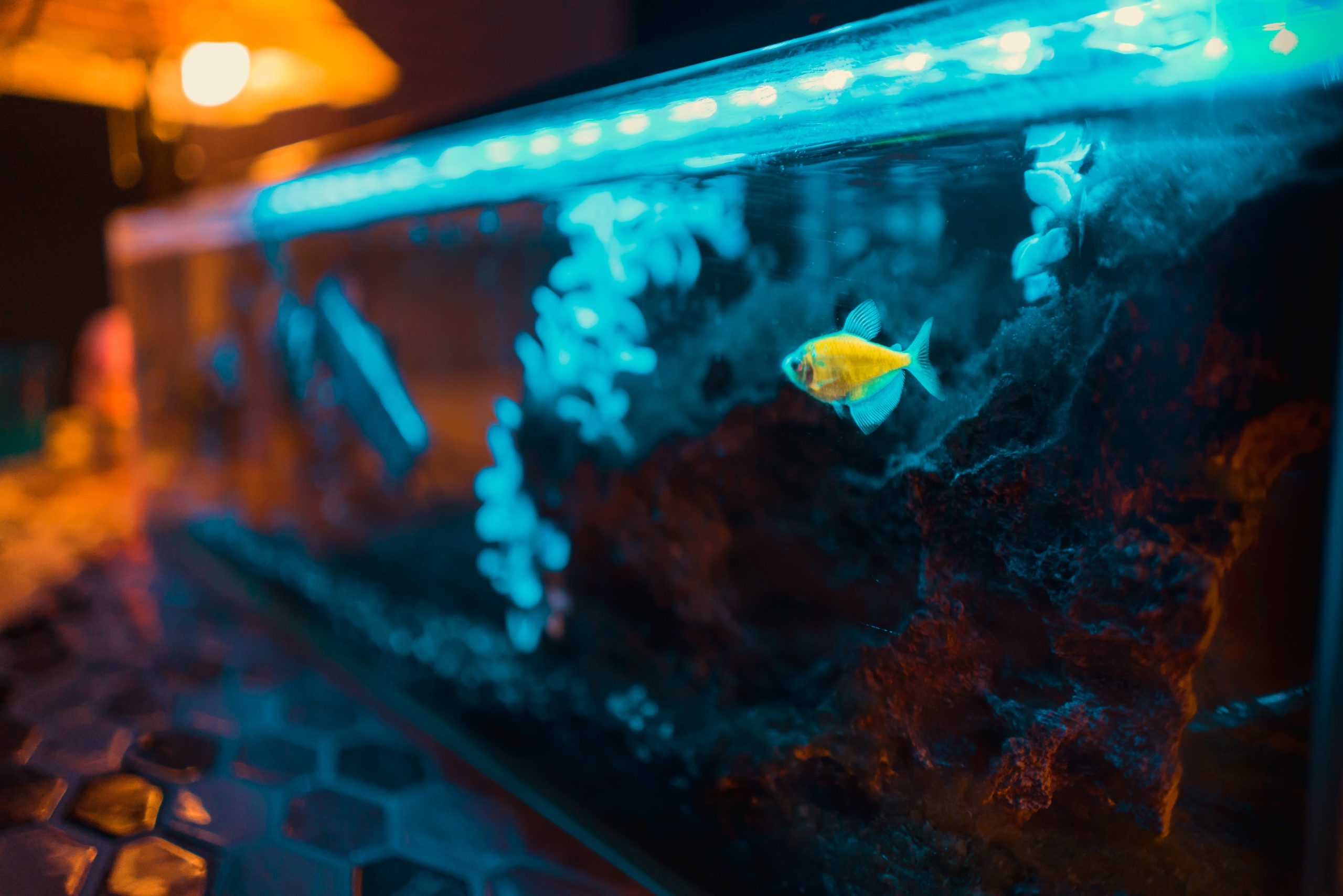The biological cycle we want to create in our aquariums occurs spontaneously with nature, various living things and bacteria. There are many living things in this cycle, and each of these creatures has many functions. The nitrogen cycle is an important issue. The process called the nitrogen cycle starts with ammonium and ammonia, ends with nitrate and then nitrogen gas.
Ammonia is a highly toxic type of waste that causes various reactions in humans and animals. If there is no living creature that helps to destroy ammonia in the aquarium, it will cause poisoning of the living creatures. However, nitrifying bacteria convert ammonia to nitrite, which is less harmful to living things. They also convert nitrite into nitrate, which is less harmful than it. Although nitrate is not as toxic as other elements in the cycle step, its high level is a serious danger, especially to invertebrates. Therefore, the nitrate level in the aquarium should be measured and kept in balance. The nitrogen cycle is provided by beneficial bacteria.
What is the Ideal Nitrate Level for the Aquarium?
If the amount of nitrate in the aquarium water increases, it can cause serious damage to aquarium living beings. There is naturally some nitrate in seawater. Corals also need nitrate. Accordingly, the ideal nitrate level for the coral tank is 0.25 ppm. Additionally, nitrate levels of up to 5 ppm are considered normal. However, the algae problem arises due to the higher nitrate values.
Nitrate values may be higher in aquariums with only fish. However, care should be taken not to encounter algae problem in the aquarium and not to exceed 5-10 ppm for the health of the fish. However, it should not be forgotten that the ideal nitrate values depend on the fish, plant and invertebrate species stored and the tank type, and these creatures may have special requirements. Aquarium plants are very beneficial for nitrate reduction.
How to Measure Nitrate in an Aquarium?
You can measure the nitrate level in the aquarium water by nitrate test. This test kit is very easy to use, helping to measure the nitrate level of water in freshwater and saltwater aquariums. The tube in the test kit is washed several times and then filled with aquarium water to the level specified in the instructions for use. Then reagents are added in the specified proportions and the test tube is capped and shaken with gentle circular movements. The test result occurs after 3 to 5 minutes. The color of the water formed in the test tube should be compared with the color scale in the test kit. By the way, it is very important to use daylight.
Aquarium water should be continuously measured and controlled using the aquarium nitrate test. Too much nitrate is a problem for all living things in the aquarium.
What Are the Harms of High Nitrate?
The increase in nitrate in aquarium water causes a decrease in oxygen in the water and therefore stress in the fish. Stress makes fish vulnerable to disease and weakens the immune system. It also negatively affects their reproductive abilities. High nitrate values are especially risky for juvenile fish. Because the growth of juvenile fish exposed to high nitrate is negatively affected.
Another harm of high nitrate is that it causes algae bloom in the aquarium. Especially in newly installed tanks, the main cause of algae formation is high nitrate levels. Although aquarium plants use nitrate, the plants can also be damaged if the nitrate level rises faster than the plants can use.
How to Reduce Nitrate in the Aquarium?
The main reason for the nitrate increase in the aquarium is the overfeeding of the fish. Overfed fish defecate more than normal. Also, because they cannot eat more feed than they need, the excess feed remains in the water. Ammonia is created from both fish waste and excess food left in the water. Bacteria called “nitrosomonas” convert ammonia to nitrite. “Nitrobacter”, another type of bacteria, feeds on nitrite and nitrate is released. As a result, the nitrate level will rise.
The nitrate value in the aquarium is not only increased by fish excrement and excess feed. Rotting aquarium plants and uncleaned aquarium filters also cause nitrate build-up in the aquarium. Small amounts of nitrates in the aquarium are harmless. However, as mentioned above, exposure of fish to high nitrate can cause poisoning. To avoid such a situation, nitrate values should be monitored and lowered if they are high. The things that can be done to reduce nitrate in the aquarium are as follows.
Gradually changing the aquarium water, bottom siphoning, and using nitrate-using herbs can be recommended to reduce nitrate levels. In addition, not using too much fish food is among the factors that prevent nitrate rise in frequent waste cleaning.
Siphoning
The most important reason for the increase in nitrate level is waste in the water. For this reason, the wastes between the gravels under the tank should be siphoned. However, it is very important to regularly clean the waste from the tank. In addition, the fish should be taken to another aquarium temporarily while the aquarium bottom is siphoned.
Making Water Change
One of the most effective methods that can be applied to reduce the nitrate level is water change. However, changing a large amount of water in one go will shock the fish and they may die. Instead, a 30% water change should be done once a week. In addition, if tap water will be used for aquarium water change, it is necessary to make sure that it does not have a nitrate level above 40 ppm.
The nitrate level must be measured again after a while to check the new level. If the nitrate level in the aquarium cannot be reduced by making a 25% water change once a week, then 10% of the water can be changed every day. This process should be repeated until the nitrate has dropped to the ideal level.
Refugium
Refugium can be described as another aquarium attached to the aquarium. There are living beings in this aquarium that feed on nitrate. Among the living things mentioned, the most widely used is “Caulerpa”. Since Caulerpa uses nitrate as food, it helps to lower nitrate levels. However, it can quickly decompose nitrate and release it back into the water. To prevent this, aquarium lights should be kept on at all times. It should also be pruned regularly. Apart from caulerpa, xenon corals can also be used to reduce nitrate.
Adding Live Rock
Live rocks are fragments of ancient coral reefs that crumble as a result of strong winds and wave action. These rocks contain denitrification bacteria. Especially aquarium live rocks with a high-quality structure can be said to be a colonization place for denitrification bacteria. In this sense, having enough live rocks will be effective in reducing the nitrate level in the aquarium. In addition, live rocks are of great importance for marine aquariums as they perform both nitrification and denitrification.
Conclusion
Finally, since the first stage of the nitrogen cycle is the formation of ammonium and ammonia, it makes much more sense to control ammonia formation before attempting to destroy the nitrate. For this, aquarium setup should be done correctly, regular water changes should not be interrupted, and care should be taken to be proportional to the aquarium volume and live load.


